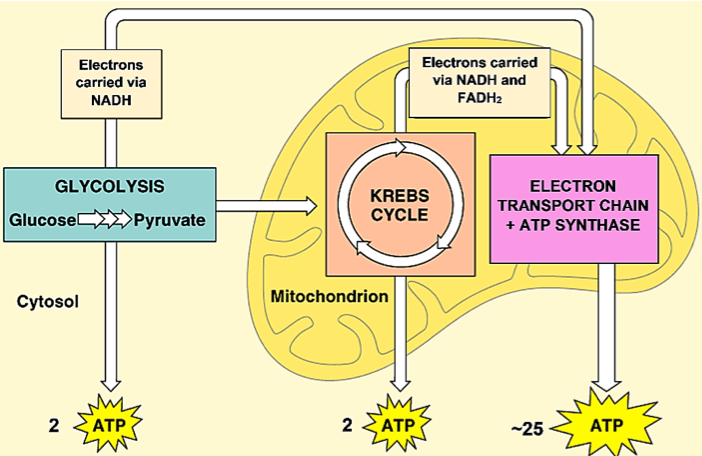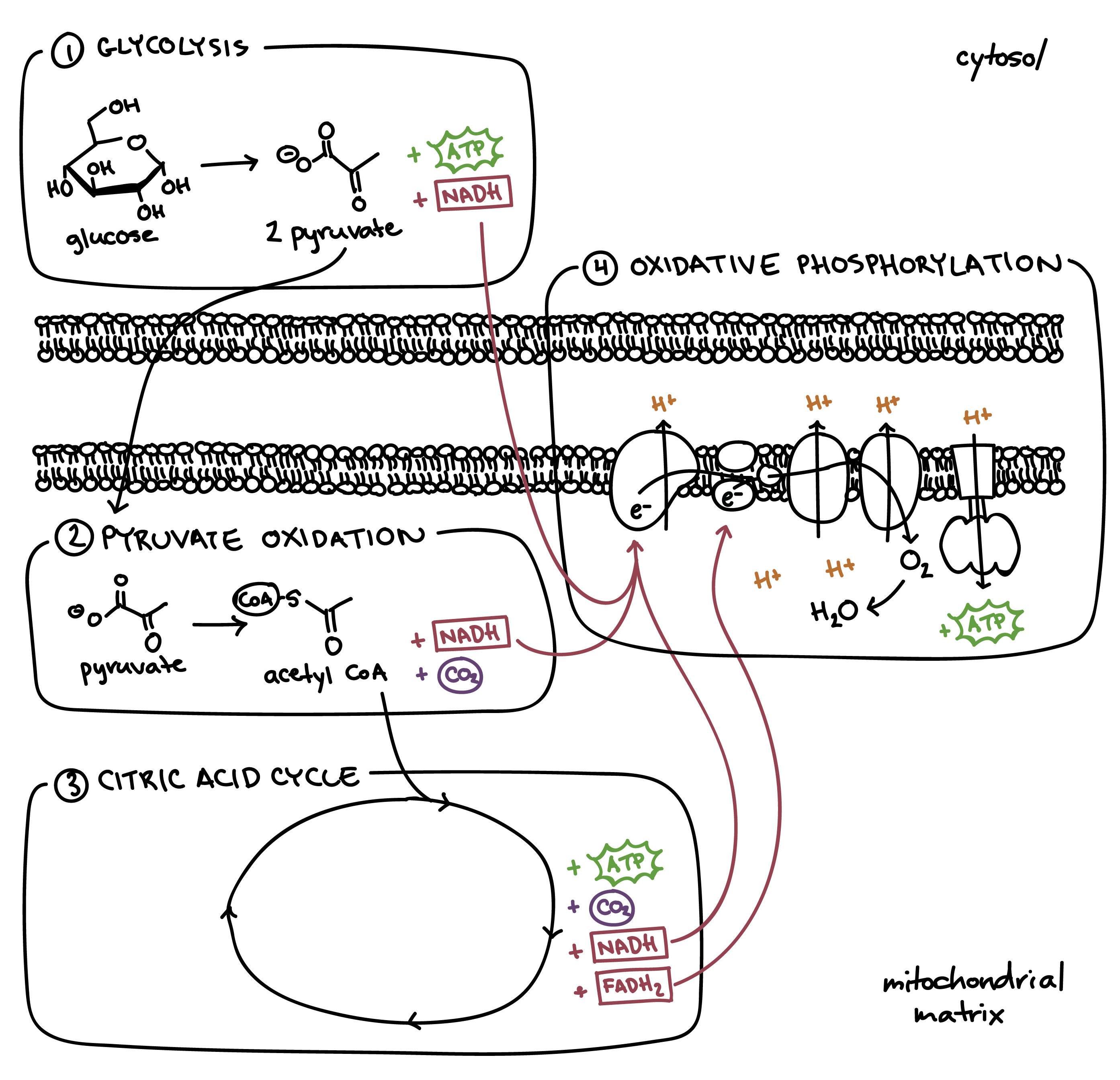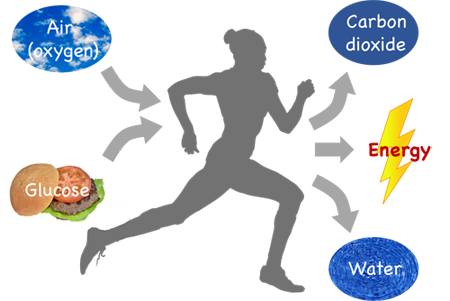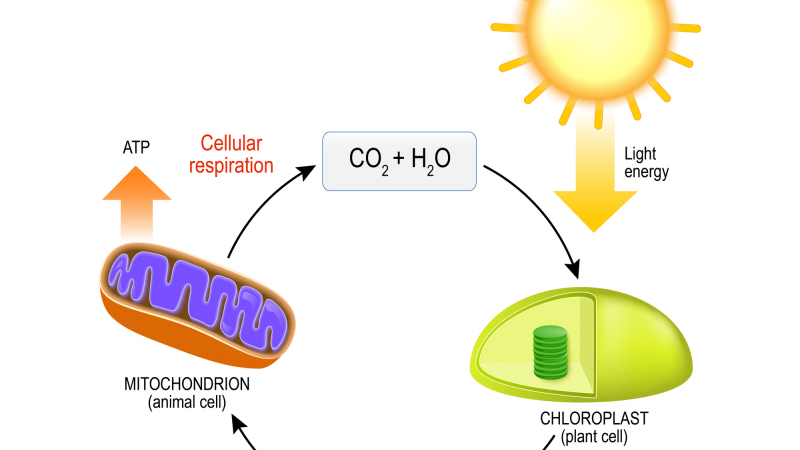Peerless Tips About How To Teach Cellular Respiration
Students will learn about how fat, protein and carbohydrates and broken down so.
How to teach cellular respiration. Modeling photosynthesis and cellular respiration. Play it several times if. A virtual laboratory simulation is a great way to teach about cellular respiration.
Fill a beaker with roughly 150ml of water and 2ml of bromothymol blue. We can involve students in projects instead. Electron transport system made fun and easy this detailed lesson plan describes how students can work as a class using balloons, tennis balls, and signs.
Use the name cards/or take volunteers to have them narrate the video. In this fun lesson plan, students will measure how the amount of carbon dioxide in their exhaled breath changes with exercise levels. In these activities, students create their own diagram for each process:
Using aquatic plants, students explore the processes of photosynthesis and cellular respiration by testing for the presence of carbon dioxide in water. The practical can be used to help students make the link between respiration and combustion. They then apply their knowledge and.
When i introduce the topic of cellular respiration, i usually use bromothymol blue as a demo. Students learn about the basics of cellular respiration. Cellular respiration doesn't have to be taught as a lecture.
Students will learn about chemical digestion, the role of enzymes, and cellular respiration. Using the hands on associated activity they also learn about the application of cellular respiration to engineering and bioremediation. Play this animation on cellular respiration.
At labster, we're dedicated to delivering fully interactive advanced laboratory simulations that utilize. Carbon dioxide is a product of cellular. Here are some ideas for simple cellular respiration projects you can use in your.
Experiencing anaerobic respiration ask students to hold one arm above their head and then. Glycolysis can take place without oxygen in a process called fermentation. Glycolysis, citric acid cycle, oxidative phosphorylation, light reactions, and light independent reactions (calvin.
The phrase “cellular respiration” can make even the most experienced biology teacher shudder.

















